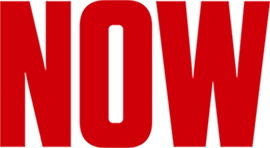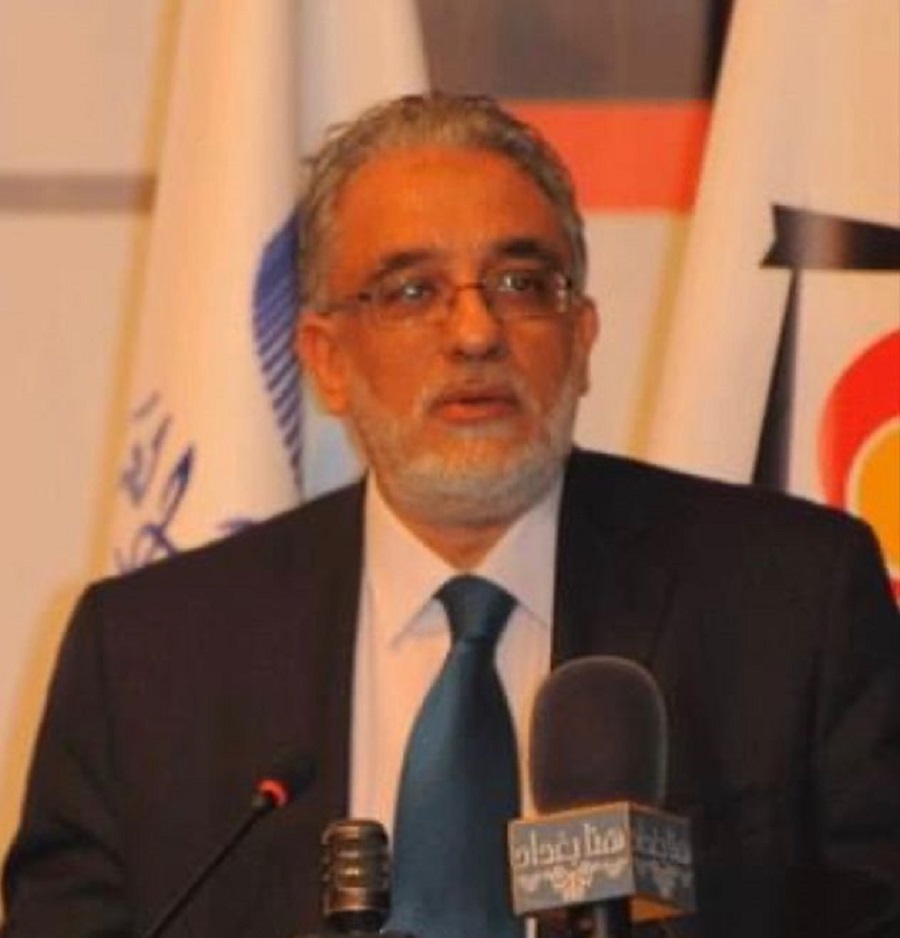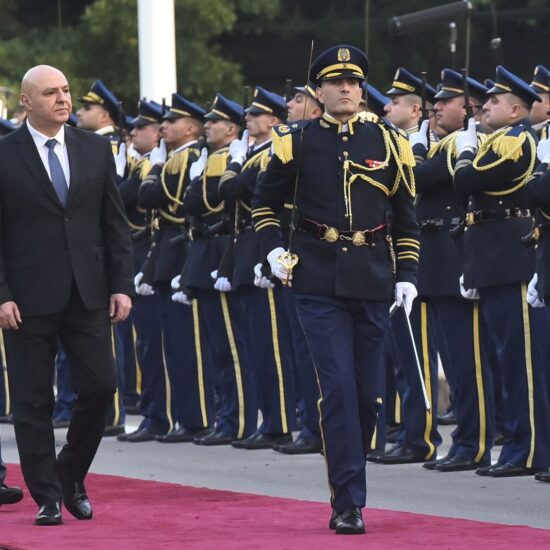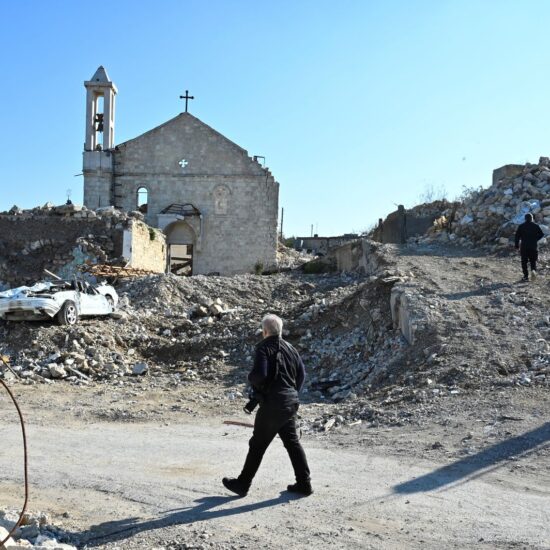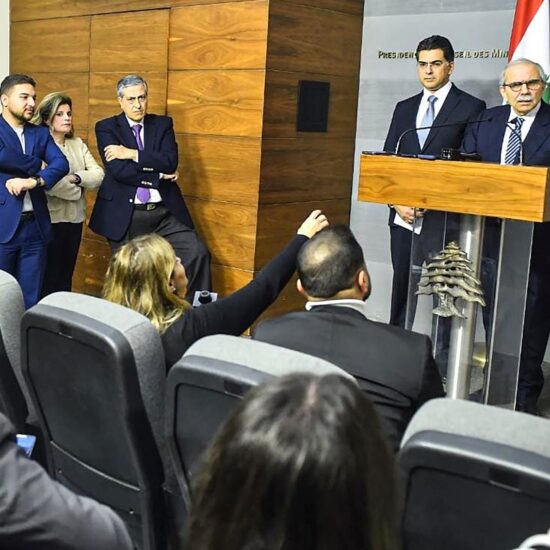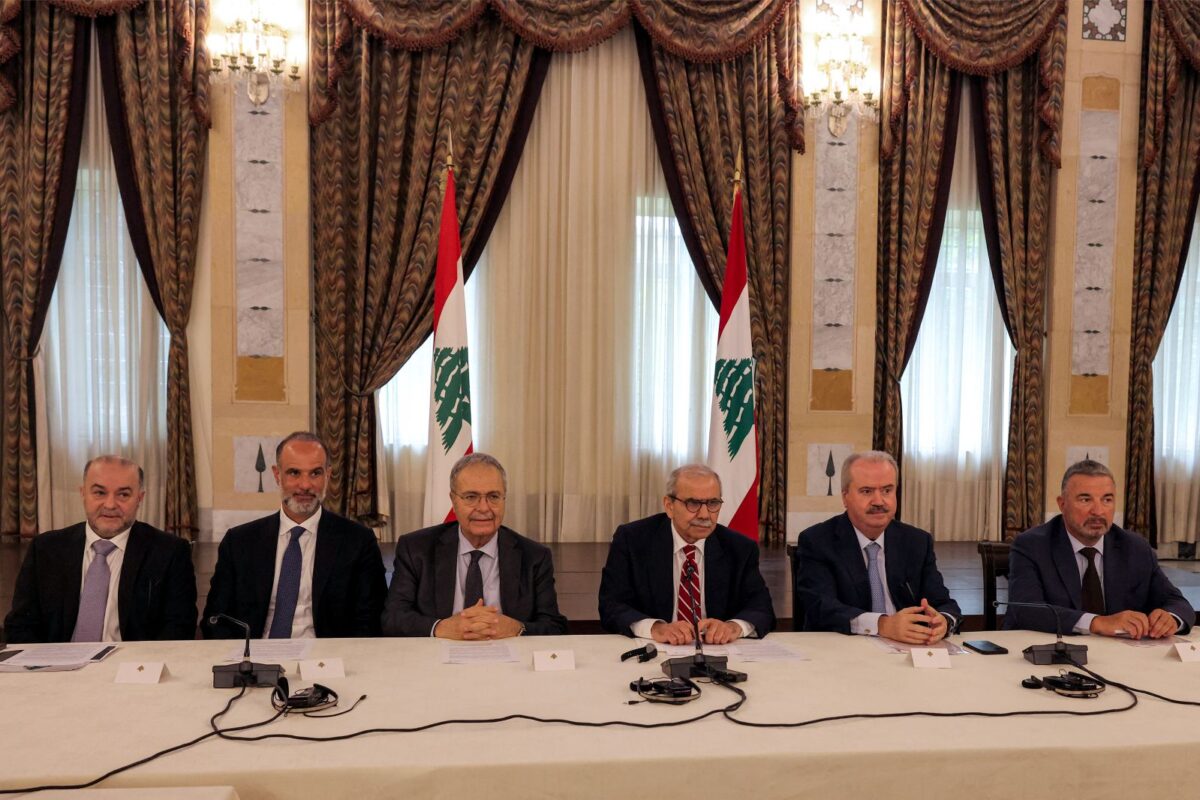
With an advanced score on the 2025 World Citizenship Index and nine Lebanese universities among the top universities in the world the Lebanese economy is stil suffering more than a deadlock as Beirut faces critical decisions with significant implications for Lebanon’s economic, financial, and recovery prospects as it responds to the main points of the US Envoy Barrack’s plan presented by the US. Lebanon has experienced prolonged political paralysis, including delays in electing a president and forming a fully functioning government, which stalls critical reforms and undermines investor confidence. Although recent political developments in early 2025 brought some optimism, including the election of a new president and government formation, the ability to implement reforms remains uncertain. The banking sector remains in crisis, with no comprehensive resolution yet. This unresolved issue continues to weigh heavily on market sentiment and financial stability, limiting capital inflows and private investment.
Key elements of the Barrack plan seems impossible for a current entente in the local arena, these include a phased process in which Hezbollah begins surrendering its weapons, while Israel simultaneously withdraws its forces from Lebanon. This would be followed by the release of Lebanese prisoners and the demarcation of the border with Israel. The resolution of these security issues is crucial, as ongoing instability and conflict have been major deterrents to foreign investment and economic recovery in Lebanon.
The plan also requests economic and financial reforms and an end to Lebanon’s pervasive cash economy, the adoption of a banking restructuring law, and the closure of Hezbollah’s Al Qard Al-Hassan financial institution, as well as money exchanges that benefit the party. These steps are essential for restoring confidence in Lebanon’s financial sector, attracting international support, and meeting the requirements of potential international donors and the IMF. Without such reforms, Lebanon’s path to economic stabilization and growth remains blocked. The plan also calls for improved ties with Syria, tighter border controls, and the demarcation of the Lebanese-Syrian border, which will clarify the status of the Shebaa Farms. Enhanced border management is vital to curbing illicit trade and smuggling, which undermine state revenues and the formal economy.
Each of these measures directly affects Lebanon’s economic and financial landscape. The success or failure of these reforms will determine Lebanon’s ability to recover, attract investment, and achieve sustainable growth. The choices made in the coming week will weigh heavily on the country’s future trajectory.
Macro “Faulty” Indicators
Inflation is still rampant and the recession seems to be eating up most of Lebanese income. Analysts interviewed by NOWLEBANON are adamant Lebanese markets are snubbing positive economic indicators primarily due to persistent political and structural challenges that overshadow recent improvements. Despite projections of real GDP growth of around 4.5-4.7% in 2025, supported by reform progress, tourism recovery, and increased remittances, the overall economic environment remains fragile and uncertain. According to the Central Administration of Statistics (CAS), the monthly change in Lebanon’s consumer price index reached 1.31% in May 2025, compared to 0.67% in April. On an annual basis, Lebanon’s CPI rallied by 14.44% to 7,361.57 in May 2025, compared to 6,432.52 in May of the previous year, with the average annual inflation rate for the first five months of the year 2025 attaining 14.65%.
On the local front, MSCI classified Lebanon as a Standalone Market, assigning it the same scores it registered last year in the 18 covered metrics. The report reaffirmed that the main weaknesses that relate to foreign investors’ rights, market regulations, and information flow in Lebanon stem basically from the absence of certain documentation in English. The report pointed, however, to the nonexistence of global custodians in the Lebanese market and to the absence of a central registry, “with some registry at issuer level”. In parallel, the report mentioned that “in-kind transfers and off-exchange transactions are prohibited” in Lebanon, and highlighted the absence of an offshore currency market & the availability of constraints on the onshore currency market, as foreign investors are not allowed to hold Lebanese pound balances and foreign exchange transactions must be linked to security transactions. Finally, the report highlighted that the political situation in Lebanon may put the stability of its institutional framework in jeopardy.
Positive indicators but ….?
On the positive news the World Bank recently released its Lebanon Economic Monitor (LEM) Spring-2025 report titled “Turning the Tide?” where it tackled the latest developments related to the Lebanese economy. The World Bank commented that the country’s economic outlook for the year 2025 is shaped by a fragile stability in the security and political environment whereby the conflict has receded, a new president was elected and a reform-oriented government was formed. The report projected the Lebanese economy to grow by 4.7% in 2025, which in the event of its materialization would be the first economic growth since the year 2017, supported by improved consumption & tourism levels, limited capital inflows and a base effect. In details, the report anticipated consumption to be supported by a higher marginal propensity to consume (owing to a better consumer sentiment), remittance & tourism inflows and an overall better economic activity. The report expected Lebanon’s inflation to moderate to 15.2% in 2025 (down from 45.2% and 221.3% in 2024 & 2023 respectively) aided by exchange rate stability and low global inflation, yet cautioned in this regard that global inflation may be impacted by the recent global trade war. In this regard, the World Bank commented that while the direct impact of the global trade war on Lebanon may be somewhat limited ) with exports to the U.S. (Lebanon’s 4th largest export market) constituting just 5.7% of total exports and consisting mainly of relatively price inelastic olive oil and food products catered to the Lebanese diaspora(, the indirect impact is more difficult to predict. The World Bank commented that Lebanon’s fiscal balance is improving, supported by a better revenue collection, and could leave some room for increased spending on essential services and much needed public expenditures, yet indicated that fiscal pressures remain highly elevated and as such key reforms are needed in order to secure long-term fiscal stability. In figures, Lebanon’s fiscal surplus stood at 0.5% of GDP in 2024, with actual revenues of Usd3.96 billion (15.3% of GDP) way outweighing budgeted revenues of Usd3.44 billion (13.2% of GDP) and outpacing expenditures of Usd3.82 billion (14.7% of GDP). In this regard, the report added that the 2025 budget (not yet endorsed by the parliament) is targeting a zero deficit with anticipated revenues and expenditures of Usd4.97 billion (15.9% of GDP). The report commented that Lebanon’s current account deficit dropped to 22.2% in 2024 from 28.1% in the previous year, whilst indicating that while imports contracted by 11% on an annual basis, the trade services balance which Lebanon historically relied on to mitigate financing needs, turned negative in 2024 as a result of the sharp decline in tourism services exports. The World Bank projected Lebanon’s current account deficit to improve to 15.3% of GDP in 2025, supported by an improvement in nominal GDP and tourism-related services, yet indicated that the external sector remains under significant pressure, and that the accuracy of the current balance estimates is undermined by the informal and cash-based economy. Moreover, the World Bank projects the debt-to-GDP ratio to ease for the second year in a row to 152.4% in 2025 compared to 176.5% in 2024 and 219.0% in 2023.
Positive Macro Indicators
On the positive impetus also fresh check clearing activity pursued its positive momentum with the total number more than tripling to 27.5K YTD May 2025 form 8.8K a year earlier. In addition, statistics are showing a much higher prevalence for fresh denominated checks, with their contribution to total clearing activity increasing from 8.66% YTD May 2024 (LBP contribution at 3.42% and USD contribution at 38.29%) to 36.60% in the same period in 2025 (12.88% for LBP & 89.71% for USD). In details, the total number of fresh LBP-denominated checks rose from 2,949 YTD May 2024 to 6,686 YTD May 2025, with their value rising by 166.23% to LBP 12,441 billion. Similarly, the total number of fresh USD-denominated checks rose from 5,840 YTD May 2024 to 20,801 in the same period in 2025, with the value of these checks increasing exponentially to Usd283.71 million from Usd79.60 million in the same period in 2024. Of the total number of fresh cleared checks, 75.68% was denominated in foreign currency, versus 66.45% a year before.
In line with market activity growth The Lebanese Central Bank published on June 18, 2025 basic decisions 13680 and 13681 under intermediate circulars 736 and 737 which amended basic decisions 13335 and 13611 under basic circulars 158 and 166. In details, the Central Bank decided to raise the monthly withdrawal ceilings to Usd800 (up from Usd500) for eligible depositors benefitting from the provisions of basic circular 158 and to Usd400 (up from Usd250) for eligible depositors benefitting from the provisions of basic circular 166. These changes will become effective starting the beginning of July 2025. Also The Lebanese Government recently increased the ceiling for subsidized housing loans provided by Banque de L’Habitat to Usd100,000 up from Usd50,000, bearing in mind that said loans are financed by a Kuwaiti Dinar 50 million (Usd163 million) line of credit secured from the Arab Fund for Economic and Social Development.
On the positive news also real estate activity picked up markedly on a monthly basis, whether in terms of number (up by 34.21% to 6,469) or value (up by 23.82% to LBP 44.62 trillion) as the registries of Metn, Aley and Baabda started processing new real estate transactions. The average value per transaction, however, dropped by 7.74% month-on-month to LBP 6.90 billion (Usd77.07K at the LBP 89,500 per USD exchange rate), from LBP 7.48 billion (Usd83.54K) a month earlier. It is worth noting, however, that the bulk of the work of real estate registries nowadays, and especially for those that remained most on strike (Mount Lebanon for example), is geared towards the processing of backlogged real estate transactions. As such, the figures displayed in the below section do not reflect the real momentum of the real estate sector during the concerned months. On an annual basis, the number of real estate transactions more than doubled during the first five months of the current year to 28,189 when compared to the 12,950 transactions recorded in the same period last year with the value of transactions almost tripling to LBP 217.75 trillion. Foreigners’ share of real estate sale transactions spiked to 2.60% by end of May 2025 from 2.36% in the full year 2024 and 1.87% in 2023 amidst talks of renewed foreign (particularly Arab) appetite in the Lebanese real estate market. On the monetary front, the World Bank commented that the Lebanese Pound has remained exchange rate has remained stable at the 89,500 level against the U.S. dollar since the month of August 2023, with BDL preserving this stability by purchasing U.S. Dollars from the market (foreign currency reserves increasing by Usd447 million in 2024) and reinjecting LBP in the market (thus managing currency in circulation).
Monetary situation still bleak
The “M1” monetary aggregate fell by 1.90% in April 2025 to LBP 116.87 trillion, down from LBP 119.13 trillion in the previous month, noting that it increased by 29.74% y-o-y when compared to the LBP 90.08 trillion level registered in April of the previous year. More specifically, currency in circulation decreased by 6.92% in April of the current year to LBP 72.47 trillion, while demand deposits in LBP increased by 7.57% to LBP 44.40 trillion. It is worth noting that currency in circulation came in 43.61% higher on an annual basis when benchmarked to April 2024’s figure of LBP 50.46 trillion.
The Lebanese Central Bank’s balance sheet conveys a Usd189.40 million (1.70%) appreciation in BDL’s foreign reserve assets portfolio during the first half of June 2025 to Usd11.30 billion (LBP 1,011.24 trillion), up from Usd11.11 billion (LBP 994.28 trillion) two weeks earlier. It is worth noting that BDL’s foreign reserve assets saw a sharp Usd2.73 billion increase between the beginning of August 2023 and mid-June 2025 period as a result of the new monetary policy of the Central Bank which refrains from financing the government, lifted subsidies, and limited the printing of the local currency. The value of gold reserves at BDL rose by 3.91% (Usd1.19 billion) in the first half of June to Usd31.58 billion (LBP 2,826.03 trillion) as gold prices surged amid a spike in geopolitical risks in the Middle East.
Locally, the UNCTAD conveyed a 73% rise in FDI inflows to Lebanon in the year 2024 to around Usd1,843 million, from Usd1,067 million in 2023, accounting for about 1.41% of FDI inflows to the West Asia and North Africa region and 0.12% of global FDI inflows. In terms of FDI outflows, Lebanon controlled a share of 0.59% (Usd391 million) of the West Asia and North Africa region’s total outward FDIs (Usd66.70 billion) in 2024. Consequently, net FDI inflows to Lebanon soared by 53.49% in 2024 to Usd1,452 million, up from Usd946 million in 2023.
Will market skepticism continue?
Public debt is extremely high, with IMF projections indicating a debt-to-GDP ratio above 80% in 2026. The success of fiscal consolidation depends on difficult reforms such as debt restructuring, tax reforms, and subsidy reductions, which face political resistance and implementation delays. Although inflation is projected to moderate somewhat, it remains elevated, and multiple exchange rates persist. The Lebanese pound’s stability is fragile, with a large parallel market and a history of sharp depreciation undermining confidence.
A large informal and dollarized cash economy (estimated at nearly half of GDP) hampers fiscal revenues and complicates monetary policy, further undermining stabilization efforts. In summary, while there are positive economic indicators such as projected GDP growth, improved tourism, and remittance inflows, Lebanese markets remain cautious and often dismiss these signals due to deep-rooted political deadlock, unresolved banking and fiscal crises, currency instability, and policy uncertainty that continue to impede sustainable recovery and investor confidence.
Maan Barazy is an economist and founder and president of the National Council of Entrepreneurship and Innovation. He tweets @maanbarazy
The views in this story reflect those of the author alone and do not necessarily reflect the beliefs of NOW

